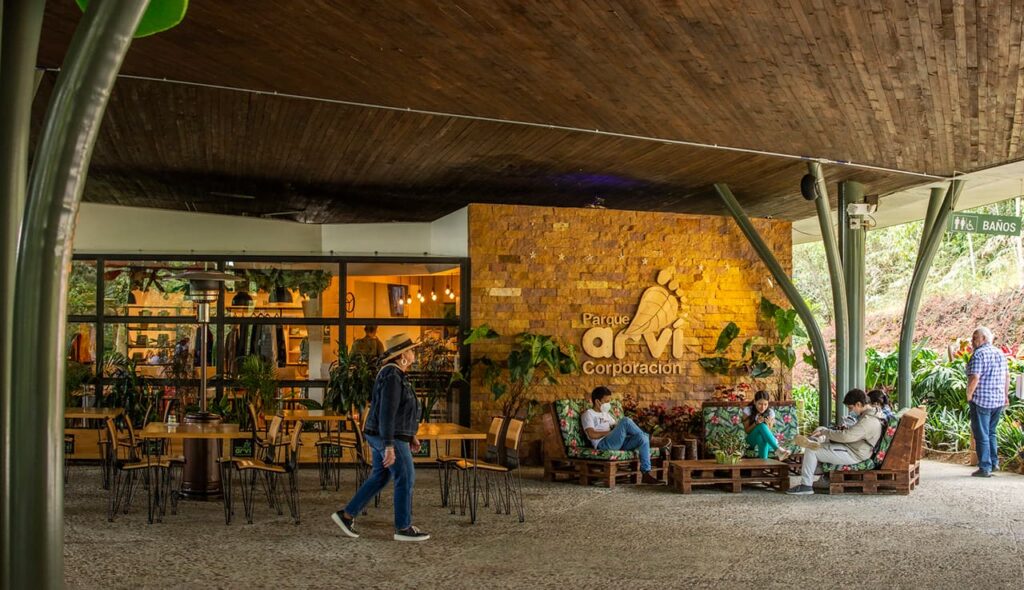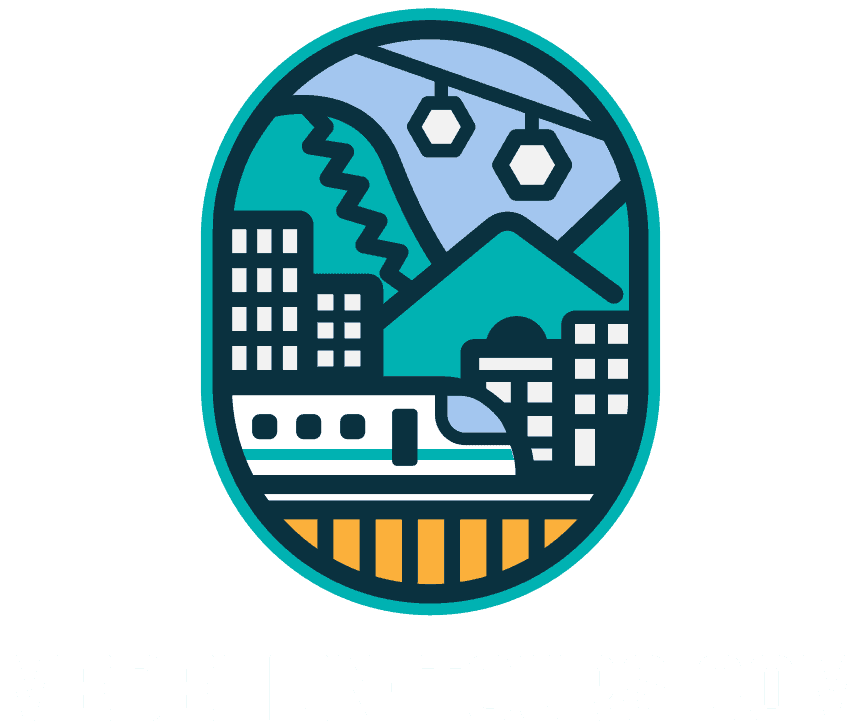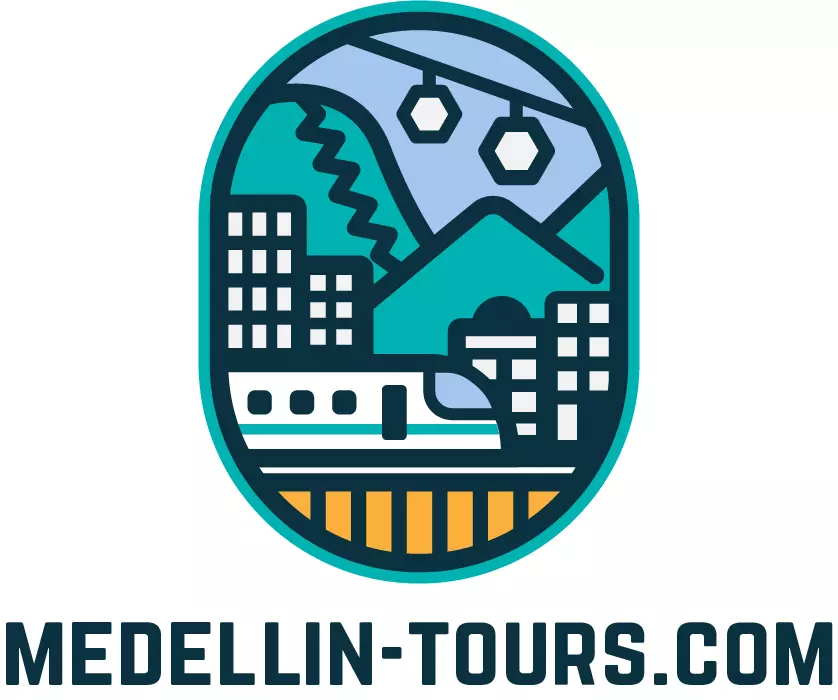
What to expect during the Medellín Cable Car and Metro System tour:
 The Medellín Cable Car and Metro System tour will start with a ride on Medellín’s high-speed metro, where you’ll experience the speed and efficiency of the first and only metro system in Colombia. After that, you’ll hop onto one of the city’s cable cars, known collectively as the Metrocable. These cable cars connect communities on the outskirts of Medellín with the rest of the city, and give you a spectacular view as you ride high in the air. As you go through Medellín, your guide will detail the histories and purposes of the metro system and Metrocable.
The Medellín Cable Car and Metro System tour will start with a ride on Medellín’s high-speed metro, where you’ll experience the speed and efficiency of the first and only metro system in Colombia. After that, you’ll hop onto one of the city’s cable cars, known collectively as the Metrocable. These cable cars connect communities on the outskirts of Medellín with the rest of the city, and give you a spectacular view as you ride high in the air. As you go through Medellín, your guide will detail the histories and purposes of the metro system and Metrocable.
Medellín Metro background
 Medellín is well-known for its urban planning efforts over the years; one of the star projects of these plans is the Medellín Metro. It first came into use in 1995, and was one of Colombia’s first mass transportation systems; to this day, it’s still the country’s only metro system
Medellín is well-known for its urban planning efforts over the years; one of the star projects of these plans is the Medellín Metro. It first came into use in 1995, and was one of Colombia’s first mass transportation systems; to this day, it’s still the country’s only metro system
When it first opened, the metro system was welcomed by Medellín’s residents. It quickly turned into a symbol of growth and progress, and brought concrete benefits to the city. With transport between key areas becoming more efficient, so did local business and commerce. There were also positive impacts on the tourism sector; since it was now so much easier to get around the city, visitors saw it as a more appealing option for their international travels.
There were also socioeconomic improvements, since the Metro passed through both wealthy and poor districts. This gave residents in the urban outskirts greater access to economic opportunities, helping lessen the gap between rich and poor neighborhoods.
There are currently two lines of the Medellín Metro. Line A is 16 miles long, and has 21 stops; Line B is 3.4 miles long, and has 7 stops. There’s also a tram line, called “Line T-A”.
Medellín Cable Car background
Medellín’s cable cars, or the Metrocable, is a gondola lift system that is essentially an extension of the Medellín Metro system. It connects urban areas on the outer edges of the city (like Comuna 13) to the center, and is thought to be the first cable car system to be used in any South American city. The Metrocable has been in use since 2004, and has 16 gondolas.It has six different lines, and 19 stops; the six lines cover 9.1 miles combined.
One thing that makes the Metrocable so significant is how well it solves the problem of navigating Medellín’s topography. Many of the areas it serves are built on the sides of mountains, and are known for their steep and winding streets. These comunas aren’t really suited for bus transport, and running a metro line to those areas is out of the question. However, cable cars eliminate concerns about steep inclines or narrow roads.
Just like the Medellín Metro changed the city for the better, the cable cars changed the outlying comunas. Instead of a 2.5-hour commute, residents could make it to the city center in 30 minutes. According to some studies, it’s even possible that the cable cars have helped reduce crime rates in some neighborhoods where they were introduced.
What to bring for the tour
Just like with other Medellín tours, there are a few basic items to bring that will make the day go more smoothly. But first, a pro tip:when riding the Metro or Metrocable, make sure to keep your personal belongings close at all times. Pickpocketing is common around public transport hubs, but some common-sense precautions can significantly lower the risk of theft. Now, here’s what to bring for the day:
- Shoes that are suitable for walking
- Sunscreen, a hat, or any kind of sun protection
- A light jacket, since the weather gets colder at higher altitudes
- Cash
- A camera to capture your favorite moments of the tour
The Medellín Cable Car and Metro System tour is a great way to learn about the city, while having some fun in the process.




